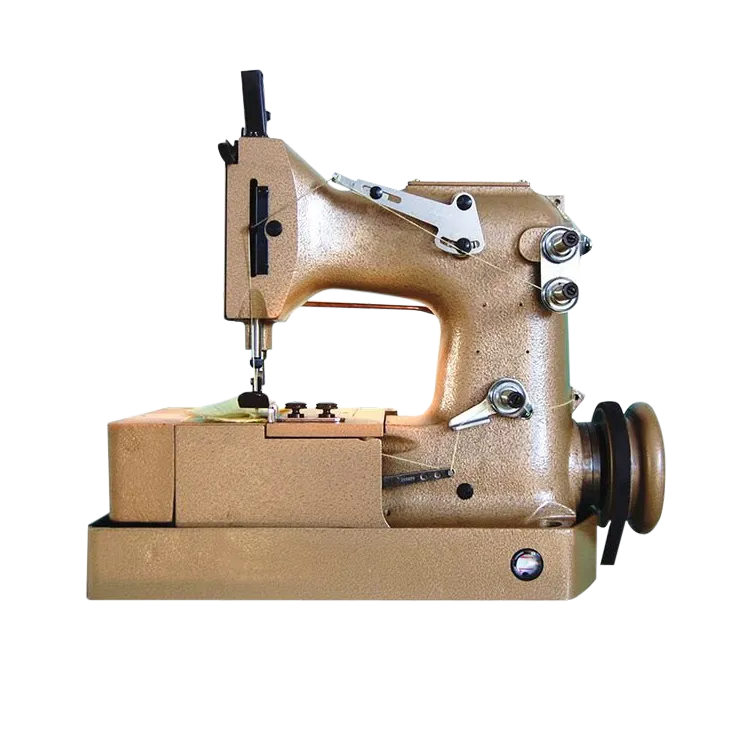what do computerized sewing machines do
What Do Computerized Sewing Machines Do?
In the world of textile and fashion design, computerized sewing machines have revolutionized the way garments and textiles are constructed. Gone are the days when sewing machines were simple mechanical devices that required manual adjustments for every stitch. Today’s computerized sewing machines integrate advanced technology, offering features that enhance creativity, efficiency, and precision in sewing tasks.
Understanding Computerized Sewing Machines
At their core, computerized sewing machines function similarly to traditional sewing machines, but they are equipped with a microprocessor that allows them to perform more complex functions. These machines can store embroidery patterns, automatic stitch selections, and include digital displays that provide easy access to functionalities. Users can choose from a variety of built-in stitches and designs, making them ideal for both beginners and experienced sewists.
Key Features and Functions
1. Automatic Stitch Selection One of the most significant advantages of computerized sewing machines is their ability to automatically select and adjust stitches. Users can simply choose a stitch type, and the machine will set the correct tension, length, and width. This feature reduces the learning curve for beginners and allows experienced sewers to work more efficiently.
2. Embroidery Capabilities Many computerized sewing machines come with built-in embroidery functions, enabling users to create intricate designs without needing an additional embroidery machine. These machines often include a variety of pre-installed embroidery patterns, and users can also upload custom designs via USB. The integration of embroidery capabilities broadens the creative potential for fashion enthusiasts and hobbyists.
3. LCD Touch Screens Modern machines often feature LCD touch screens that provide a user-friendly interface. Users can easily navigate through options, change settings, and preview designs before starting their work. This digital approach allows for more control and customization, fostering a better sewing experience.
what do computerized sewing machines do

4. Computer Connectivity Some advanced models allow for computer connectivity, enabling users to download new stitches or designs directly from the internet. This feature ensures that owners can keep their sewing machines up to date with the latest trends and design options, effectively transforming how they approach sewing projects.
5. Precision and Consistency Computerized sewing machines excel in delivering precise stitches in terms of length and width, consistency across long sewing projects, and accurate embroidery placements. This level of precision is essential for both professional garment makers and hobbyists who demand high-quality results.
6. Built-in Safety Features Many computerized sewing machines are designed with user safety in mind. Features such as automatic thread cutters and sensors that prevent the machine from running when the presser foot is not lowered can prevent accidents and damage to fabric. This makes sophisticated sewing accessible to a wider audience.
Benefits for Users
The benefits of computerized sewing machines are numerous. For hobbyists and home sewists, these machines save time and reduce frustration. The ease of use encourages more people to take up sewing, allowing for greater creativity and experimentation in their projects. For professional designers and tailors, the advanced features promote productivity and ensure high-quality finishes, which are critical in a competitive fashion industry.
Conclusion
In summary, computerized sewing machines represent a significant leap forward in sewing technology. By combining traditional sewing mechanics with innovative digital features, they empower users to create beautiful garments and designs with ease and precision. Whether for personal use or professional applications, computerized sewing machines have made sewing more accessible, enjoyable, and creatively fulfilling than ever before. As technology continues to advance, one can only imagine what future developments will further transform the landscape of sewing and textile production. The journey from simple stitching to complex design is now an inspiring blend of art and technology, and computerized sewing machines stand at the forefront of this evolution.
-
Boost Production Efficiency with a Pattern Sewing MachineNewsAug.29,2025
-
Industrial Excellence with the Best Heavy Duty Sewing MachineNewsAug.29,2025
-
Precision and Power with the Best Pattern Sewing MachineNewsAug.29,2025
-
Reliable Bulk Packaging Starts With the Right FIBC Sewing MachineNewsAug.29,2025
-
Advanced Packaging Solutions: Elevate Productivity with Jumbo Bag Sewing Machine and Industrial Stitching EquipmentNewsAug.29,2025
-
High-Performance Solutions for Bulk Packaging: FIBC Sewing Machine and MoreNewsAug.29,2025
-
Maximize Efficiency with an Industrial Cylinder Arm Sewing MachineNewsAug.28,2025


























